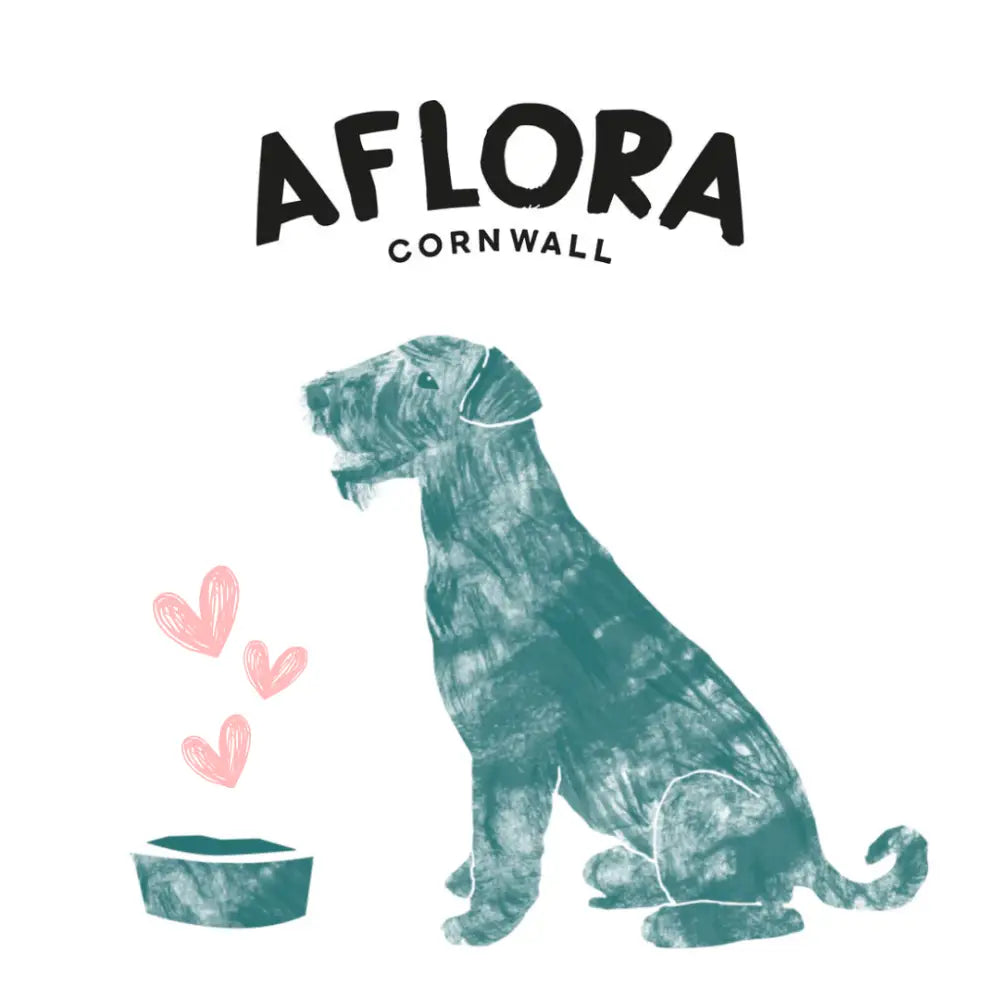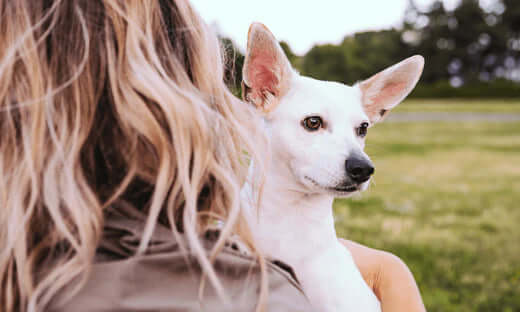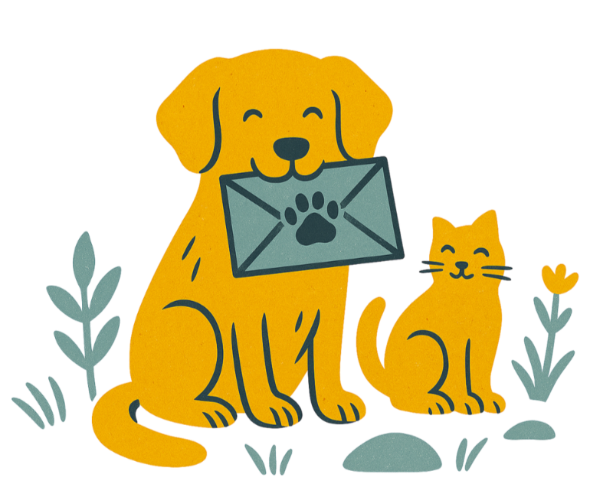Dogs are pack animals and when you welcome a new dog into your home you and your family become their new pack. With this in mind it's easy to understand that some dogs can become anxious and stressed when their new pack has to go back to school, work or even just into a different part of the home. Separation anxiety in dogs can also be caused by a change of home or schedule for the family or even a new member of the family arriving such as a new baby. Separation anxiety is one of the most common problems in dogs but with a little bit of knowledge and some helpful treats, toys and chews the symptoms can be reduced significantly. However, if your dog has severe separation anxiety that can't be treated at home, then a dog behaviourist or medication can be options but you should always discuss these options with your vet first.
Common Signs of Separation Anxiety in Dogs
If your dog does suffer with separation anxiety you will probably already have a good idea as many of the behaviours and symptoms can be quite destructive and disruptive. However, separation anxiety can manifest itself in many forms and we've listed some of the most common ones so you can spot the signs early and take steps to help soothe your pooch when they are left to their own devices.
Chewing, Digging and Generally Destructive Behaviour
One of the most common signs of separation anxiety is the destruction of your home, not only can this be potentially dangerous for your dog, as they can easily hurt themselves, but can be a very nasty surprise to come home to for you too. Dogs suffering from separation anxiety will generally only show this behaviour when left alone and it is most common to see chewing and digging at door and window frames. This can also end up in your dog escaping from the home in cases that are particularly bad.
Defecating and Urinating
A slightly harder one to identify as younger dogs who are more prone to separation anxiety can often have problems going to the bathroom in the right place anyway. Dogs can also suffer from incontinence and food sensitivities. However if your dog is exclusively using your floors as a toilet when they are left alone this can be a very good indicator to them suffering from separation anxiety. This set of behaviours can also include coprophagia which is when dogs also eat their faeces.
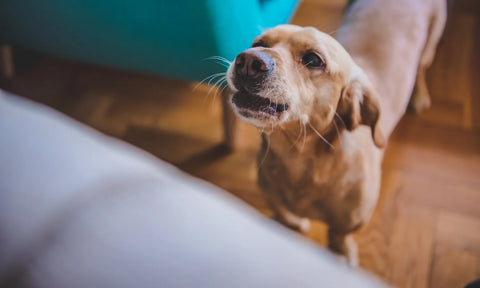
Barking and Howling
Probably the symptom that you won't know about until your neighbours start knocking on your door, barking and howling when you leave them on their own can also indicate separation anxiety. This barking will be persistent and only occur when your dog is left alone.
How to Help Your Dog's Separation Anxiety at Home
For cases of mild to moderate cases of separation anxiety a few simple tricks can be utilised in order to reduce the symptoms of the anxiety and your dog's stress levels in the process.
In extreme cases of separation anxiety we would always recommend talking to your vet or local dog behaviour specialist.
Puzzle Toys
One of the easiest ways to keep your dog feeling less anxious is to tire them out physically and mentally before you leave, as a tired dog is a happy dog. A puzzle toy can be a very helpful addition to the routine of walks and play, toys such as KONGs can be filled with treats and chews and gives your dog a mentally engaging game along with a delicious The Pets Larder treat. A puzzle toy can also be given when they are left alone as it can keep your dog distracted from your departure and give them something other than the doorframes to chew on once you have left, creating a more positive emotional response.
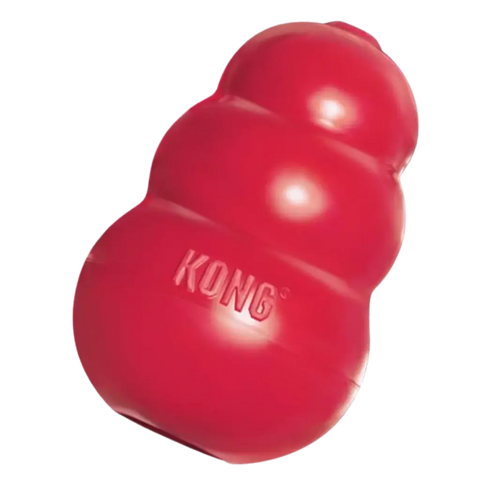
Anxiety Busting Treats and Chews
At The Pets Larder we have a carefully curated selection of the very best all natural pet foods, treats and chews and this includes a selection of calming and stress busting treats for dogs. With ingredients ranging from hemp and camomile to scullcap and valerian there's a treat, chew or supplement in our range that can help to keep those anxious dogs a bit calmer when you leave the house. These could also be combined with one of our puzzle toys for a double strength stress reliever.
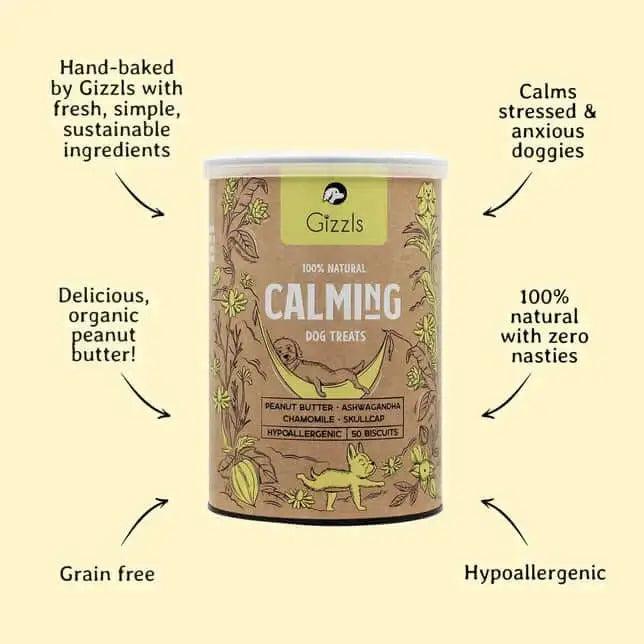
Graduated Absences and Pre-Departure Cues
Although most behavioural therapies should be done with the help of an accredited dog behaviour specialist, a few simple methods are easily attempted at home. If your dog seems to get wound up as soon as you prepare to leave, try going through some of these cues but don't leave the house afterwards. For example, put on a coat or pick up your keys but stay in the house so your dog gets comfortable with these cues and doesn't associate them with a negative feeling. A similar thing can be done with leaving the house and this is called graduated absence. This involves leaving the house for gradually longer amounts of time, staying outside and coming back once your dog starts to get upset. You can even start this process in the house, going out of sight behind bedroom or bathroom doors and gradually working your way up to the outside doors and eventually to you leaving completely, for gradually longer amounts of time. This technique does require you to graduate the amounts of time evenly so you can't leave them for long stretches of time during the process. This would mean arranging for the dog to be looked after if you need to leave for a whole day or night, this could be with relatives or in an established doggy daycare.


